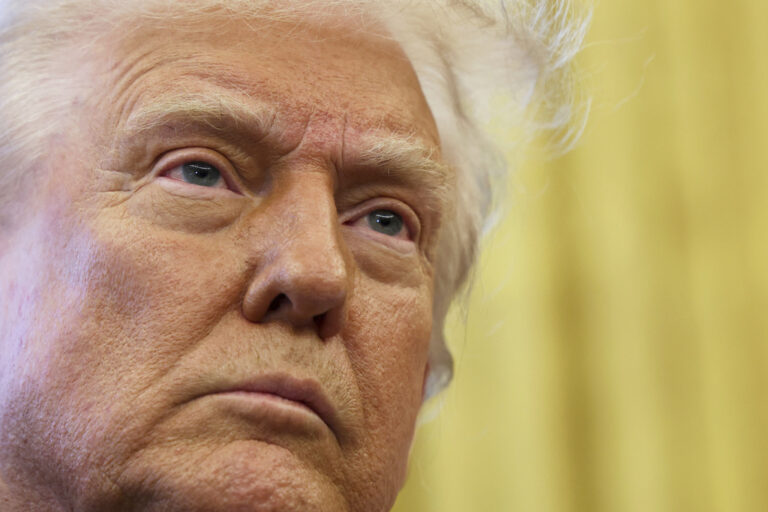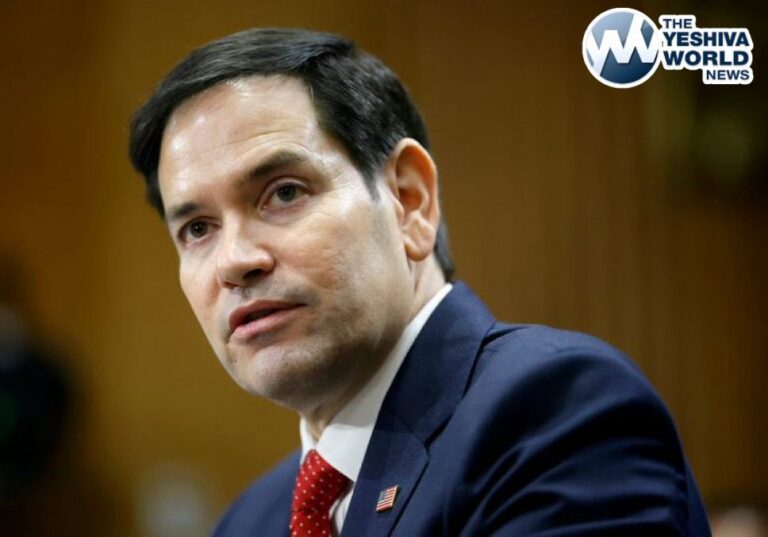 A senior senator is examining whether Medicare’s prescription drug benefit is vulnerable to manipulation by pharmaceutical companies that set very high prices for medications.
A senior senator is examining whether Medicare’s prescription drug benefit is vulnerable to manipulation by pharmaceutical companies that set very high prices for medications.
In a letter Tuesday to Medicare’s top administrator, Sen. Charles Grassley, R-Iowa, said policymakers must ensure the Part D prescription program serving some 38 million beneficiaries “is free from exploitation,” and asked if it meets that test as currently structured.
Grassley acted after The Associated Press reported on Medicare data that show spending for high-cost drugs covered under the program’s “catastrophic” protection jumped by 85 percent in three years, from $27.7 billion in 2013 to $51.3 billion in 2015. The data include costs to taxpayers, insurers and beneficiaries, as compiled by Medicare’s number-crunching Office of the Actuary.
Catastrophic coverage kicks in after a beneficiary has spent $4,850 of their own money. At that point, taxpayers cover 80 percent of the cost of medications. The beneficiary’s share is limited to 5 percent, while insurers pick up the remaining 15 percent.
The congressional Medicare Payment Advisory Commission recently warned that spending on the prescription program is rising at an “unsustainable” rate, singling out pricey specialty drugs covered under Medicare’s catastrophic protection.
The commission urged Congress to overhaul the benefit so that insurers bear 80 percent of the cost of catastrophic coverage and taxpayers pay 20 percent. That would give insurers more incentive to negotiate lower prices with drug companies.
Separately, the Obama administration and Democratic presidential candidate Hillary Clinton want to give Medicare the legal authority to directly negotiate with the pharmaceutical companies. Republican Donald Trump has also supported opening the door to negotiations, although GOP congressional leaders do not. Polls show that regardless of political affiliation, Americans want government action to curb drug costs.
Medicare’s prescription program “is an important part of the health care of many Americans, but has recently seen an alarming trend in spending growth,” Grassley wrote Medicare administrator Andy Slavitt.
“Do you believe there is potential for exploitation of the catastrophic benefit as it is currently framed?” Grassley asked.
Lawmakers who created the Medicare prescription program in 2003 saw catastrophic coverage as a way to protect seniors with multiple chronic illnesses from the cumulatively high costs of taking many medications. The recent advent of drugs that sell for $1,000 per pill is changing that. Now some patients can land in the catastrophic benefit in short order.
An analysis of Medicare’s ten most pricey drugs finds that the catastrophic benefit is picking up an increasing share of costs, meaning more exposure for taxpayers.
In 2013, there were four medications among the top ten that had 80 percent or more of their total costs covered by catastrophic protection.
In 2015, seven of the top ten priciest drugs had crossed that threshold, according to Connecture, a company that tracks drug prices paid by health plans.
“It means that one drug alone is going to kick someone into catastrophic coverage,” said Jim Yocum, senior vice president of the company.
Grassley, a member of the Senate committee that oversees Medicare, asked for answers in a couple of weeks.
(AP)










